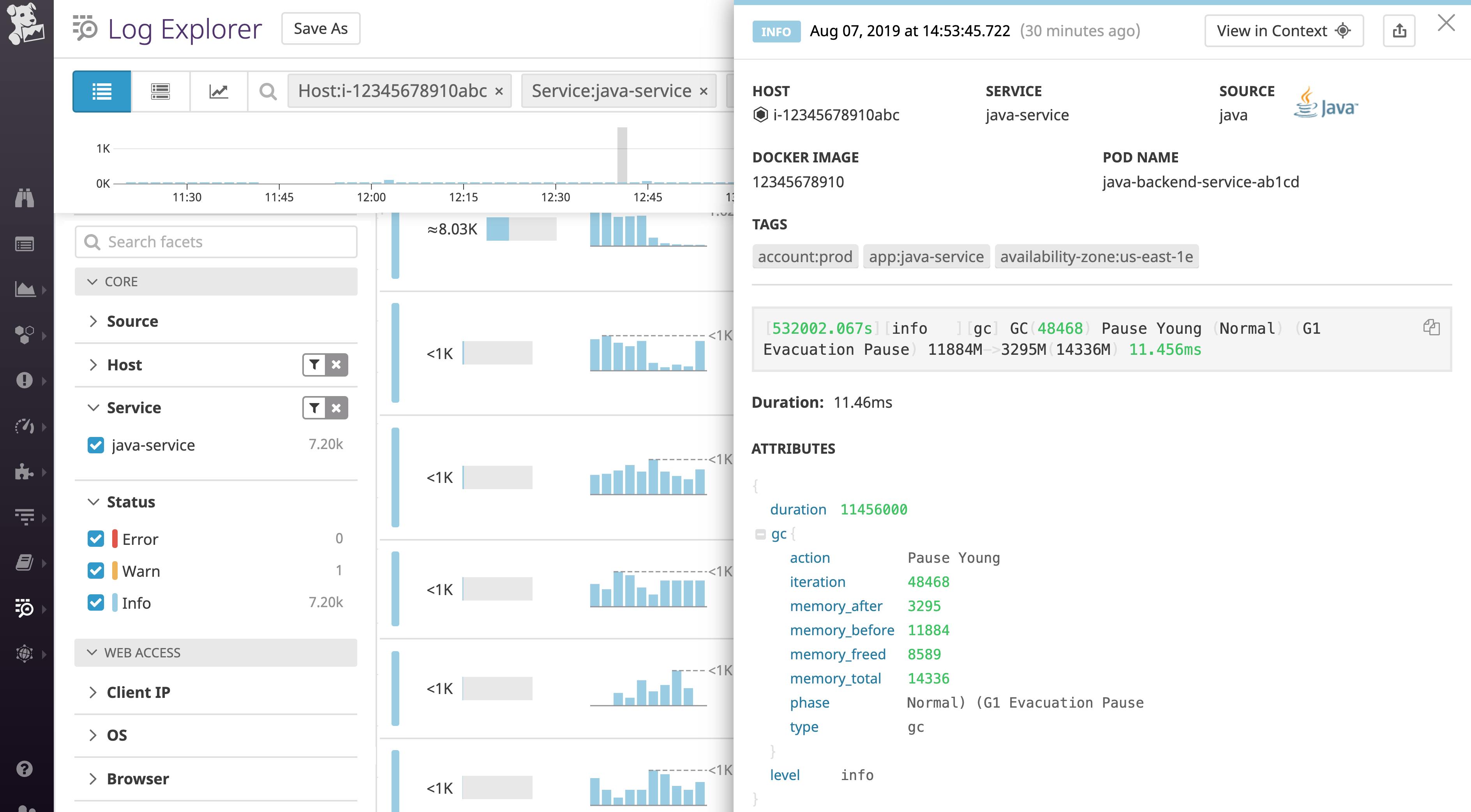

- #Java memory monitor eclipse how to
- #Java memory monitor eclipse install
- #Java memory monitor eclipse code
- #Java memory monitor eclipse password
You can also view the request count for each deployed application within Tomcat’s application list on the server status page. Thread stages can help you accurately gauge the number of threads that are ready to accept incoming requests. After the connection times out, the thread goes back to the Ready stage.

The maximum duration of this stage is determined by the keepAliveTimeout value set in the server’s configuration file.
#Java memory monitor eclipse install
If you are using a fresh install of Tomcat, you will need to create a new user otherwise, you can assign roles to any existing user.
#Java memory monitor eclipse password
Then it creates a new tomcat-jmx user, assigns it those roles, and sets a password for the user.

#Java memory monitor eclipse code
PS sorry for the long question, hope I have explained it ok.This code snippet first defines the two roles we want to assign to our user. Note: the plugins I am using are standard m2e, pmd and subclipe. But, funny thing if I delete all these projects, there is no difference.
#Java memory monitor eclipse how to
But here's the problem, how do I get to the bottom of this? I have tried using sys internals tools such as RAMMAP, ProcessExplorer and VMMAP to see if I can find out what the hell eclipse is chewing up from system and how to stop it?Īny ideas? One could say that this memory usage is expected. For example, the application might be using native libaries that allocate memory. When can this happen? Well in several cases.

Now, this means that the majority of memory is system memory not from the JVM. But, when I look at system memory usage in windows task manager, the eclipse process is still using 1.5 Gig. I force a garbage collection and get it down to 400 Meg. I fire up a JConsole instance to have a look at JVM and its 800 Meg. When I open Eclipse to just do some editing memory usage is huge about 1.5 Gig. metadata directory just 0.16 Gig and the projects themselves taking up the rest. svn directory from subversion a whopping 0.4 Gig, the eclipse. In total the size of workspace directory is just over a gig, with the. I have a sophisticated workspace set up with many eclipse projects in my workspace directory.


 0 kommentar(er)
0 kommentar(er)
